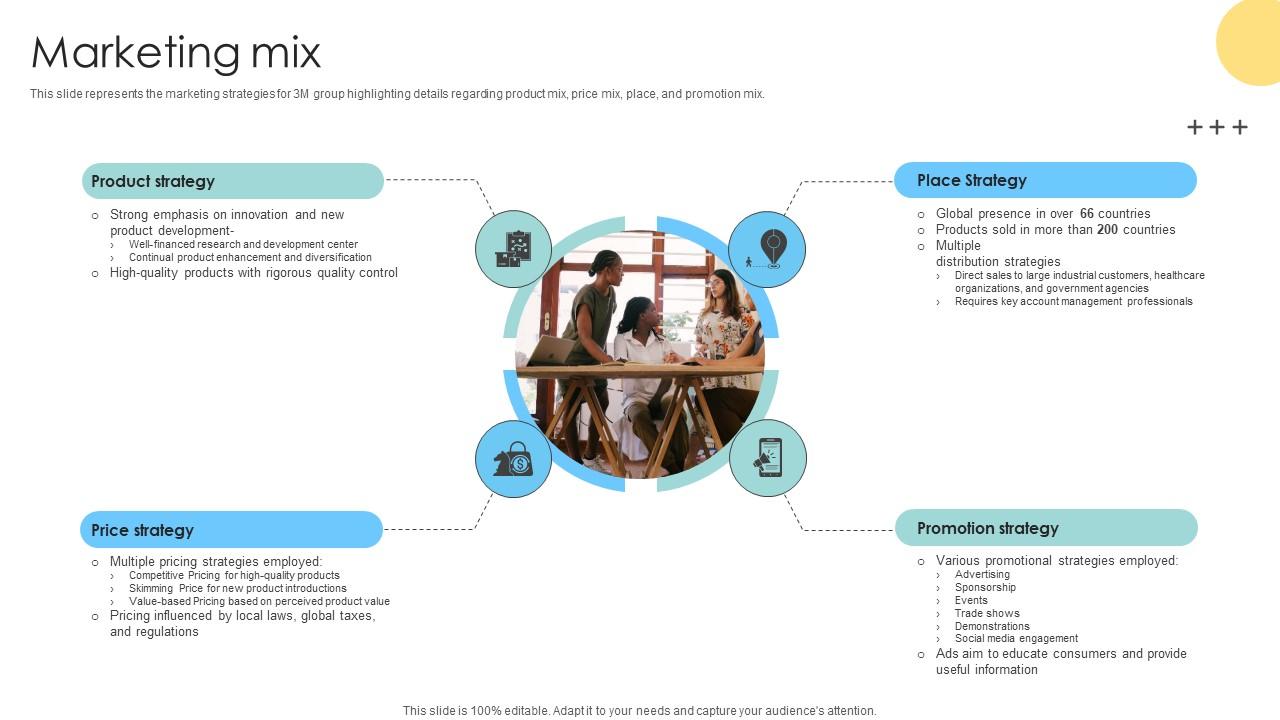
The Evolving Landscape of Media Conglomerates
In an era where content consumption is multifaceted and convenient, media conglomerates are uniquely positioned to leverage various platforms to engage diverse audiences. The evolution of technology has transformed how we interact with media, allowing corporations to seamlessly integrate their operations to create superior experiences for audiences. This fundamental shift has created not just opportunities but also challenges as companies navigate a competitive landscape.
 Examining the digital landscape of media conglomerates
Examining the digital landscape of media conglomerates
The Strength of Multi-Platform Engagement
The advent of digital technology has introduced an array of platforms through which media companies are now able to disseminate content. From social media channels to streaming services, the proliferation of digital communication certainly expands the horizons for audience engagement. Companies that manage to harness the unique attributes of each platform resonate with their audiences, leading to more profound connections.
Central to this endeavor is the understanding that different platforms cater to different demographics. For instance, younger audiences gravitate towards platforms like TikTok and Instagram, where short, dynamic content rules. Conversely, older demographics might prefer long-form articles on websites or traditional television. By recognizing these trends, media conglomerates can tailor their strategies accordingly, employing targeted content delivery to maximize their reach and maintain audience interest.
As highlighted in recent discussions, “By tapping into the collective expertise across these channels, they can increase visibility of content or activation experiences, creating a sense of community around their offerings.” This strategic approach not only promotes brand loyalty but also fosters an engaged community around shared interests.

Strategizing for enhanced audience engagement
The Challenges Ahead: Balancing Coordination and Innovation
Despite the clear advantages, media conglomerates face the intricate task of coordinating diverse platforms. This coordination demands agility and a keen sense of market awareness, as audience behaviours continuously evolve. Remaining relevant in such a dynamic environment means adopting new technologies and responding swiftly to emerging trends. Companies must embrace innovation while maintaining a strong grasp of audience sentiment, allowing them to pivot when necessary.
In the context of a rapidly changing media landscape, evidence points towards greater consolidation within the industry. Media companies will likely merge, adapting to the increasing complexity of operating across multiple channels while managing investments and resources efficiently.
Cross-Promotion: A Tactical Necessity
A crucial tactic employed by media conglomerates is cross-promotion, a strategy that amplifies content across various platforms. Cross-promotion enables companies to maximize the use of their expansive assets and touchpoints. This comprehensive strategy not only enhances audience engagement but also blurs the lines between various content types, creating compelling multimedia experiences.
Imagine a scenario where a cinematic campaign is launched, featuring prominent creators that perfectly align with brand values. Promoting this across various media—from social media teasers to traditional media ads—could generate significant buzz and draw in diverse audience segments, solidifying connections that resonate deeply.

Harnessing the power of cross-promotion
The Future of Content Consumption
The narrative surrounding media conglomerates will invariably shape the future of content consumption and audience interaction. How these entities adapt their strategies in a continuously evolving landscape will determine their sustainability. The potential for long-term partnerships between content creators, media firms, and brands also points towards a new, more collaborative era in the industry. Such alliances may pave the way for innovative storytelling and richer audience experiences.
Ultimately, as companies adapt to shifting consumer expectations and embrace technological advancements, the prospect for tighter audience engagement increases. The coming years beckon an exciting phase for media conglomerates eager to delve into multifaceted experiences that resonate on various levels.
Conclusion
In conclusion, the complex interplay of technology, audience demand, and strategic innovation underpins the current media landscape. As firms grapple with these multifarious elements, the ability to effectively navigate them will usher in new opportunities—while also posing significant challenges. It is indeed a critical period for media conglomerates aiming for resilience and relevance amid the rapid fluctuation of consumer preferences and technological advancement.
Evaluating growth strategies for media companies















